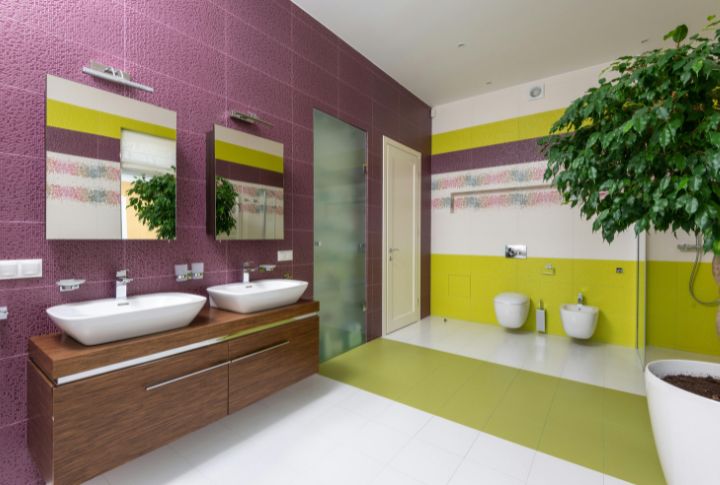
When it comes to choosing a new toilet for your home, one of the first decisions you’ll face is whether to go with a one-piece or two-piece design. While both options serve the same function, they differ in installation, cleaning, aesthetics, and cost. In this guide, we’ll break down the differences between the two to help you make an informed choice for your bathroom.
What Is a One-Piece Toilet?
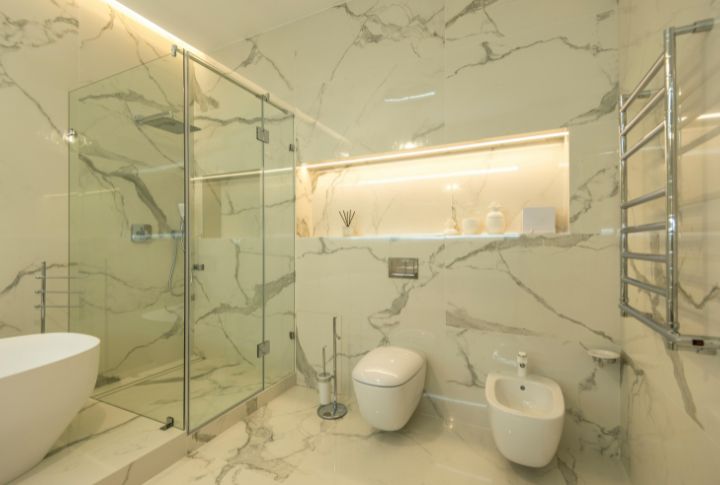
A one-piece toilet is designed with the bowl and tank combined to form a single unit. This seamless design gives it a sleek, modern look and makes it easier to clean since there are fewer crevices where dirt can collect. It’s also a bit heavier and can be trickier to install.
What Is a Two-Piece Toilet?
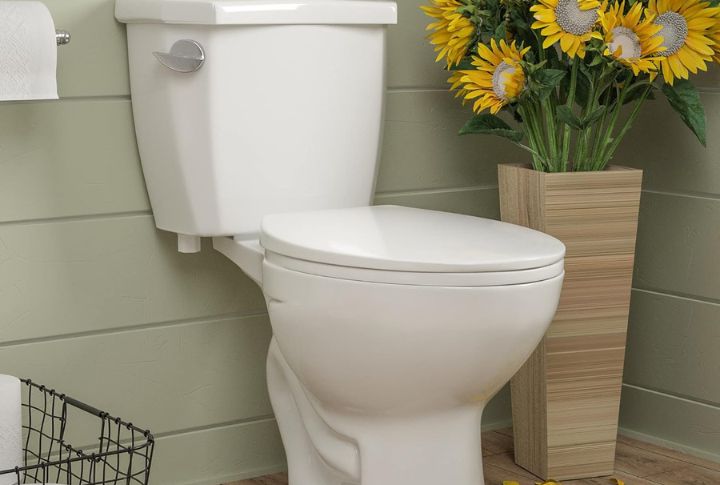
A two-piece toilet features a separate tank and bowl that are connected during installation. This traditional design is more common and typically more affordable than one-piece toilets. Two-piece models tend to offer more flexibility during installation, as both components are lighter and easier to maneuver separately.
Installation: Ease and Considerations

One-piece toilets are tough to install due to their weight, requiring more effort to handle and position. On the other hand, two-piece toilets are lighter and easier to transport, but they do require more steps during installation as the tank must be secured to the bowl.
Cost Comparison: One-Piece vs. Two-Piece
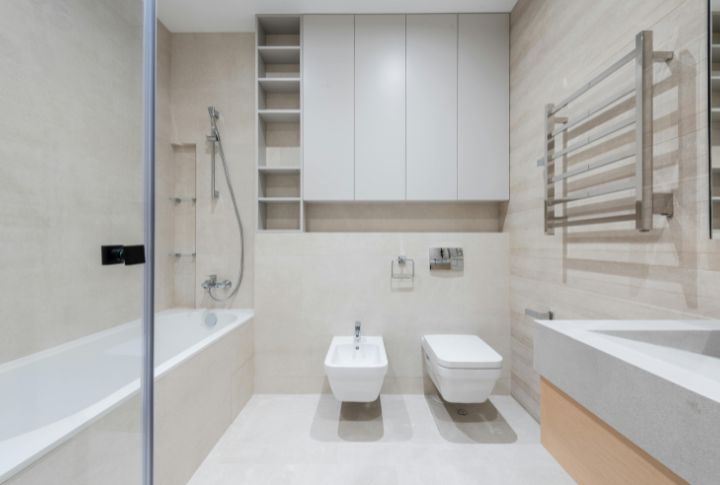
Due to their modern design and seamless construction, one-piece toilets tend to be more expensive. They usually cost more upfront but can offer long term maintenance savings. Two-piece toilets, however, are generally more budget friendly, and you can find multiple options at various price points to suit different budgets.
Cleaning and Maintenance: One-Piece Wins for Ease
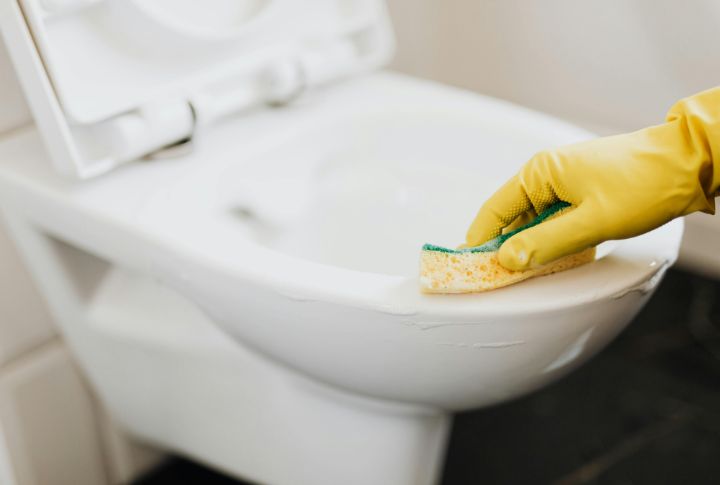
A big advantage of one-piece toilets is how easy they are to clean. With no seams between the two components, there are not many spots for dirt and grime to build up. Two-piece toilets have a joint where the tank connects to the bowl, which can accumulate dust and require extra attention.
Durability: Which Lasts Longer?
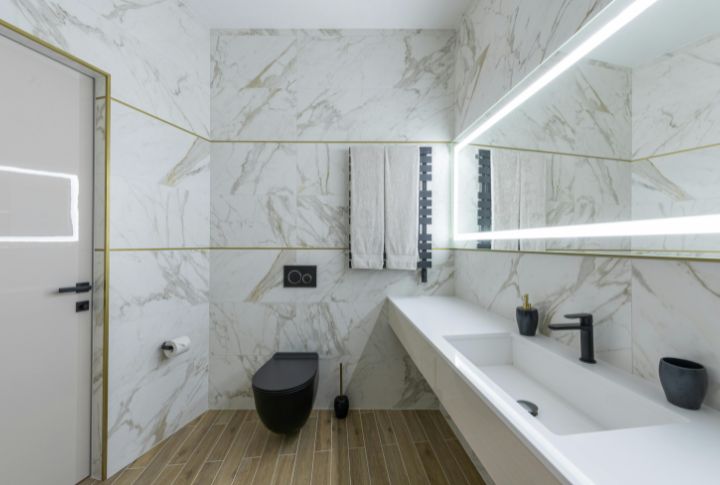
When comparing the durability of one-piece versus two-piece toilets, both are built to withstand everyday use, but one-piece models generally offer better longevity. This is due to the integrated design that eliminates the joint between the tank and bowl, reducing the risk of leaks or cracks over time.
Style: Sleek vs. Traditional
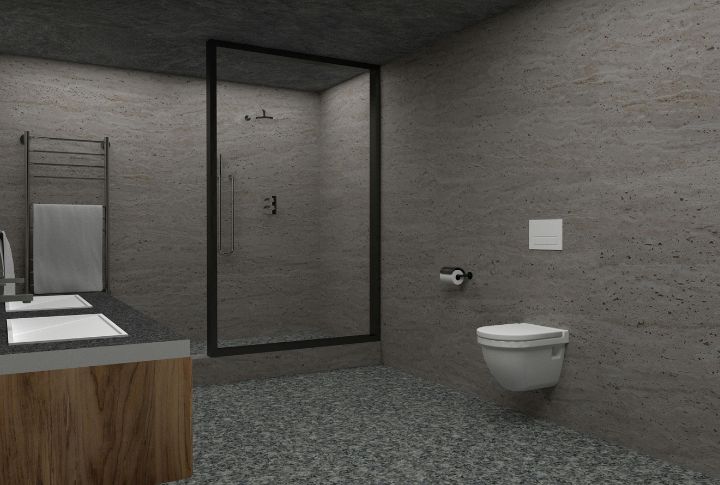
One-piece toilets generally offer a sleeker, more modern appearance, which makes them popular in contemporary bathroom designs. On the other hand, two-piece toilets, with their classic look, are more traditional and tend to be a better fit for homes with a timeless or vintage aesthetic.
Space Efficiency: A One-Piece Advantage
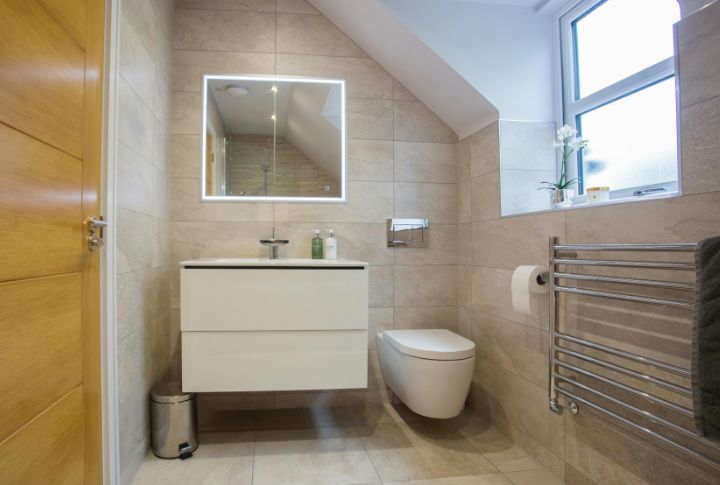
Because one-piece toilets are typically more compact and streamlined, they can be a better option for smaller bathrooms. Their shorter profile takes up less space, making them ideal for tight areas or powder rooms. Two-piece toilets, while often taller, are bulkier due to the separate tank and bowl.
Comfort Height: More Common in Two-Piece Models
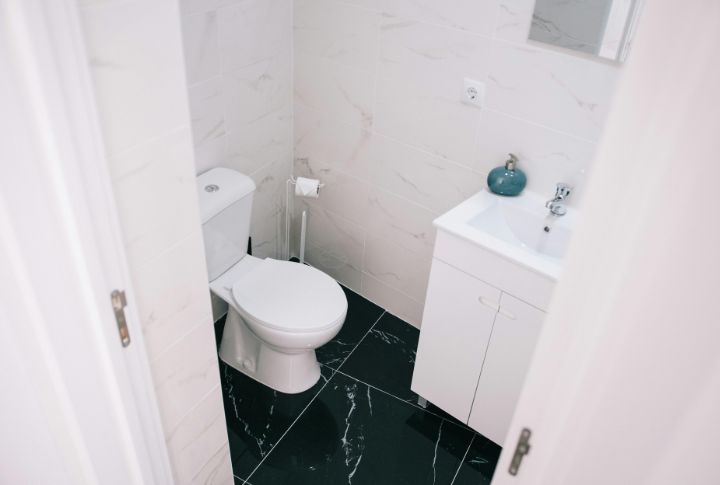
Two-piece toilets are often available in a wider variety of height options, including the popular “comfort height” models. These toilets sit a little higher, making them easier for people with mobility issues to use. While some one-piece toilets come in comfortable heights, two-piece models tend to offer more flexibility in this area.
Water Efficiency: Both Can Be Eco Friendly
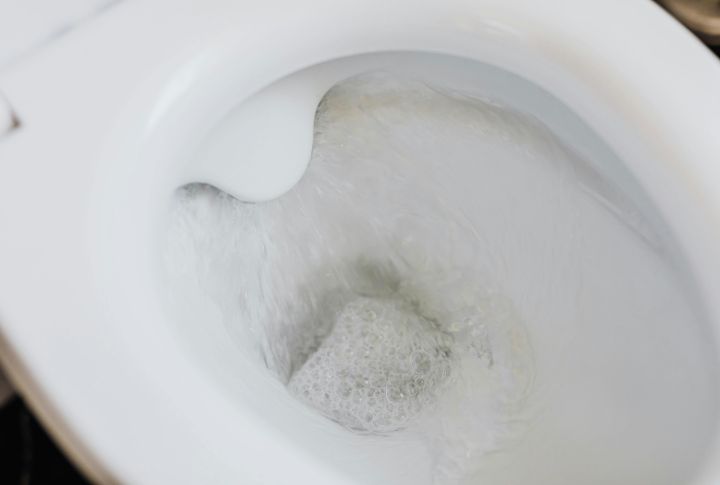
Both one-piece and two-piece toilets can come with water efficient features like dual flush systems or low flow mechanisms, which conserve water. The toilet you choose doesn’t necessarily determine its water efficiency; instead look for models with the WaterSense label, regardless of style, to ensure you’re getting an eco friendly option.
Repairs and Parts: Two-Piece Toilets Offer More Flexibility
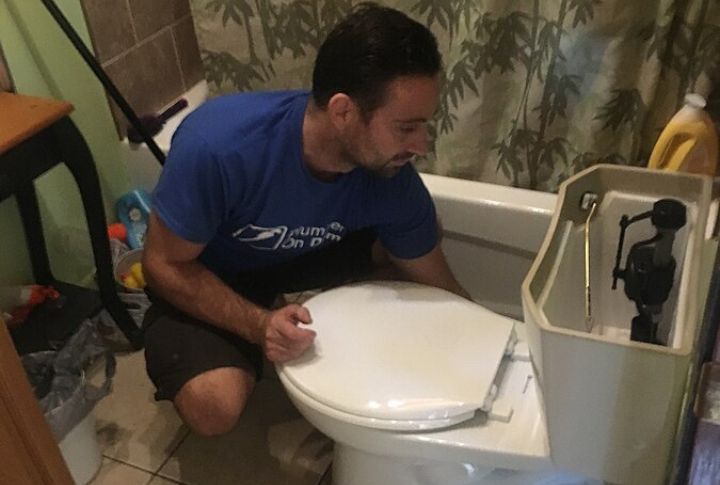
If a part of a two-piece toilet breaks, such as the tank or the bowl, you can often replace the broken part without replacing the entire unit. With a one-piece toilet, however, a more significant failure could require a complete replacement, which can be more costly.
Noise Levels: One-Piece is Quieter

There is a slight difference between the two when it comes to noise levels. One-piece toilets tend to be quieter when flushed, as the tank is integrated with the bowl, reducing the noise of water flow. Two-piece toilets may produce more sound due to the water moving through a separate tank.
Resale Value: One-Piece Toilets Appeal to Modern Buyers
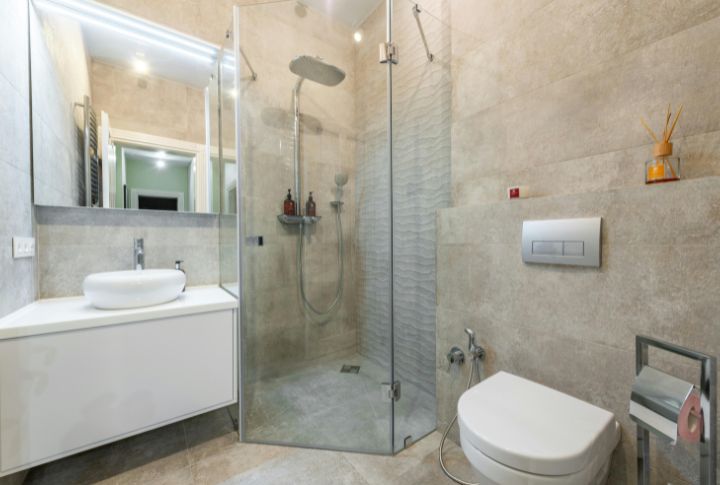
Homebuyers often prefer the sleek, modern design of a one-piece toilet, which can slightly boost the appeal of your bathroom if you plan to sell your home in the future. Two-piece toilets, though traditional, may not offer the same wow factor for buyers looking for contemporary upgrades.
Availability: Two-Piece Toilets Are Easier to Find
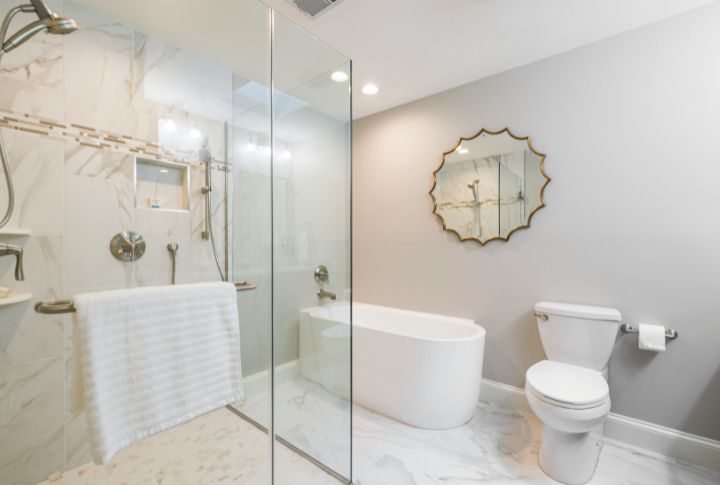
While one-piece toilets are growing in popularity, two-piece toilets are still the most common and readily available options for many. You’re more likely to find a wider range of two-piece models in stores and online, offering more variety in terms of style, height, and price points.
Which Should You Choose?

Ultimately, the decision of choosing between the two comes down to personal preference, budget, and the design of your bathroom. If you prioritize ease of cleaning and a modern look, a one-piece toilet may be best. However, if you’re seeking a budget friendly option, a two-piece toilet could be the way to go.

